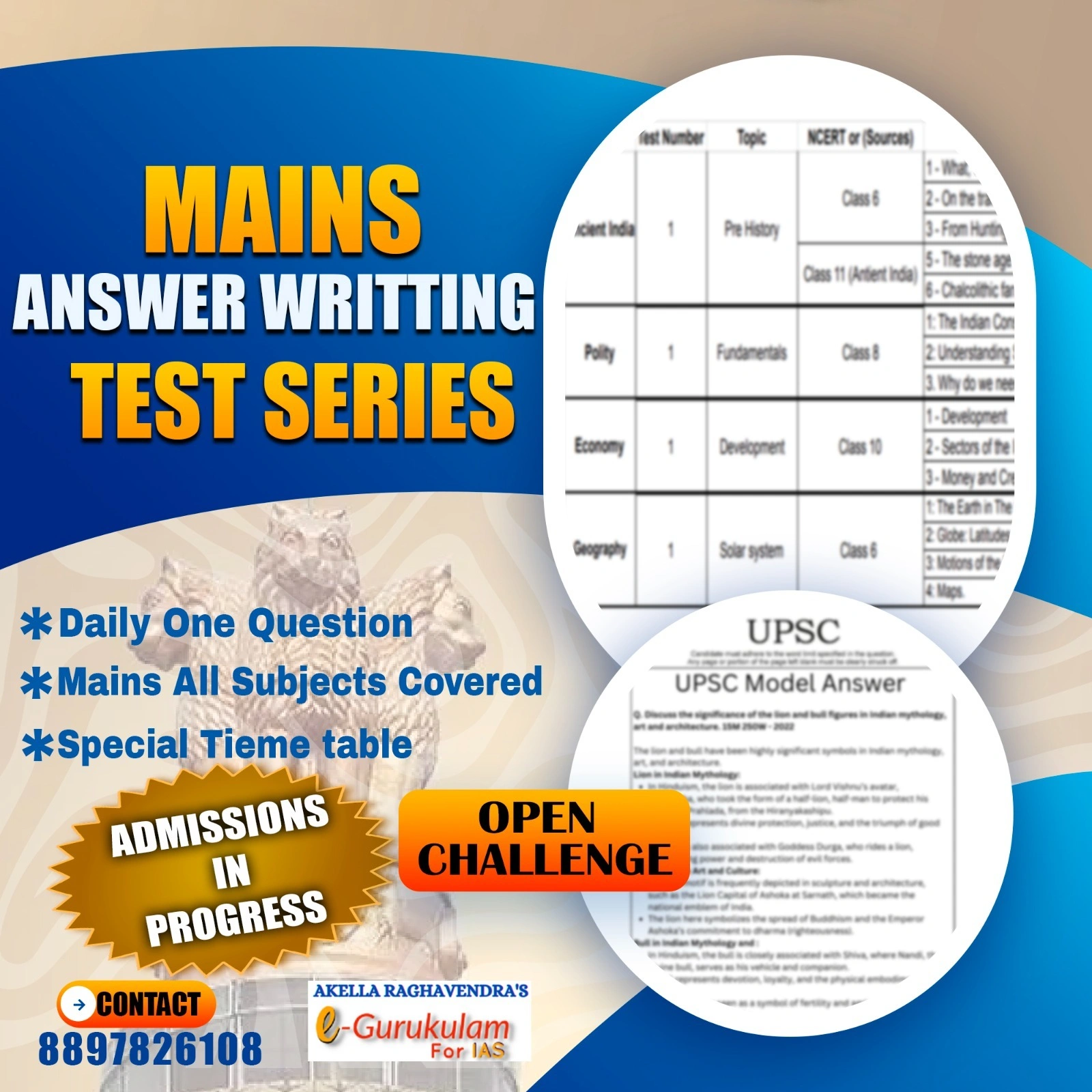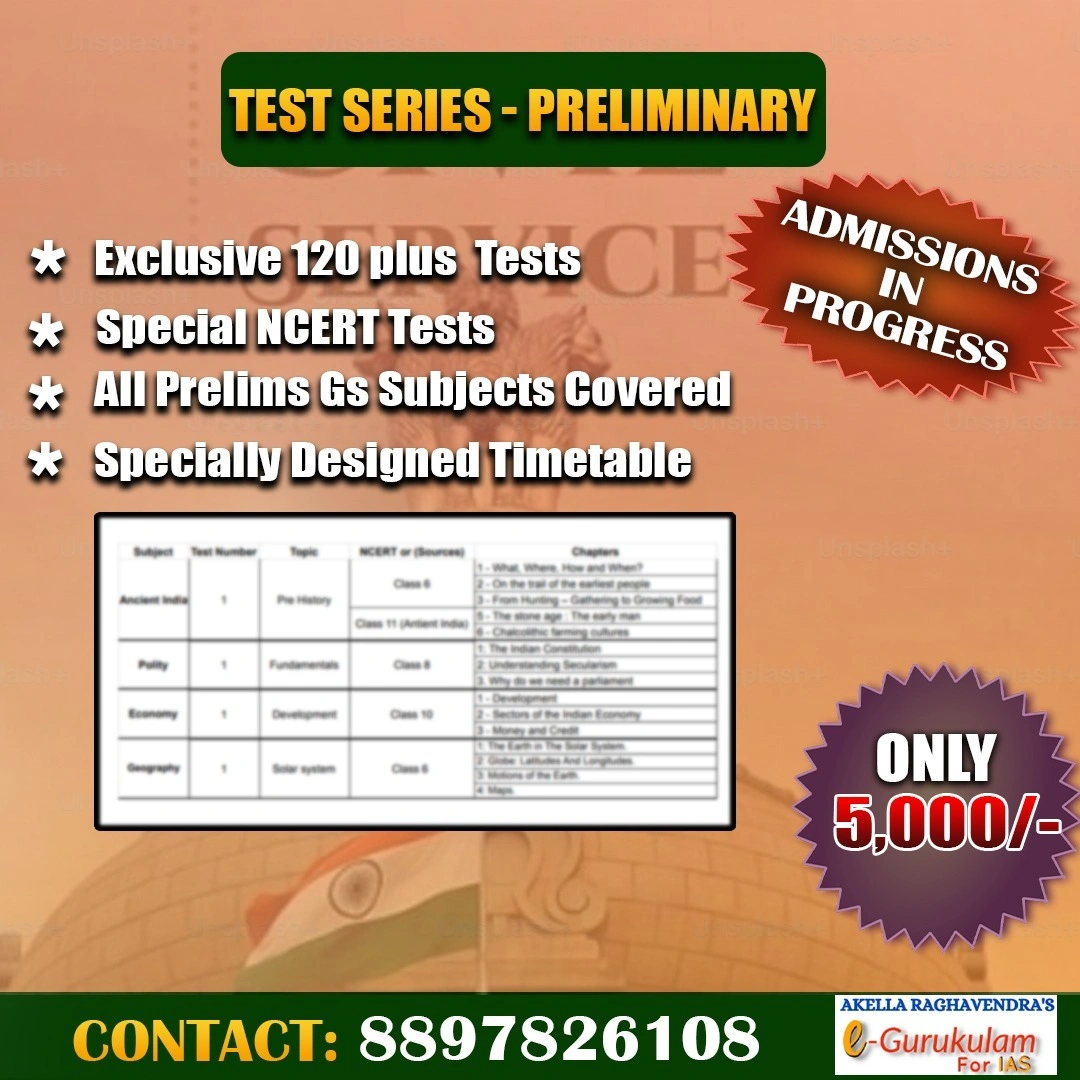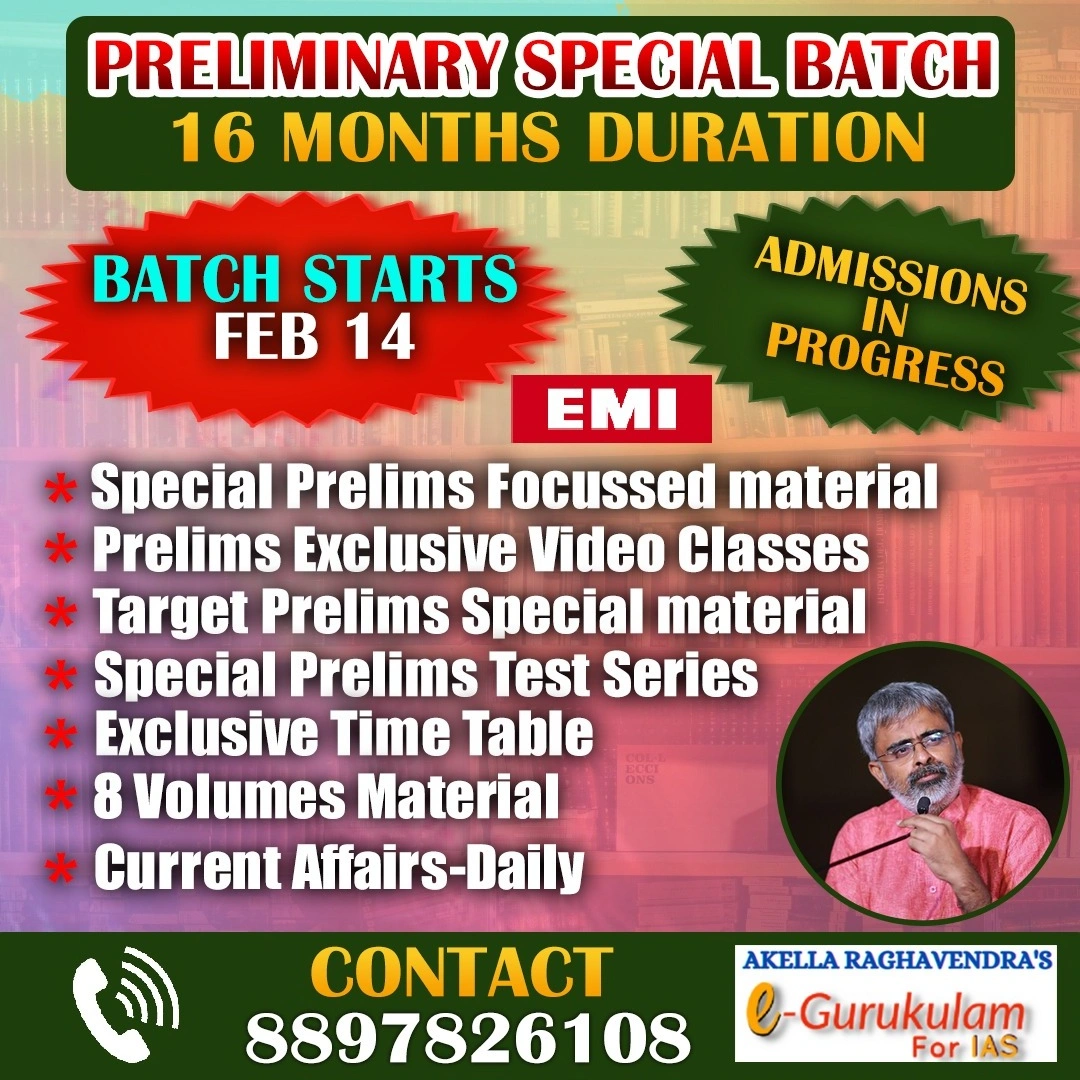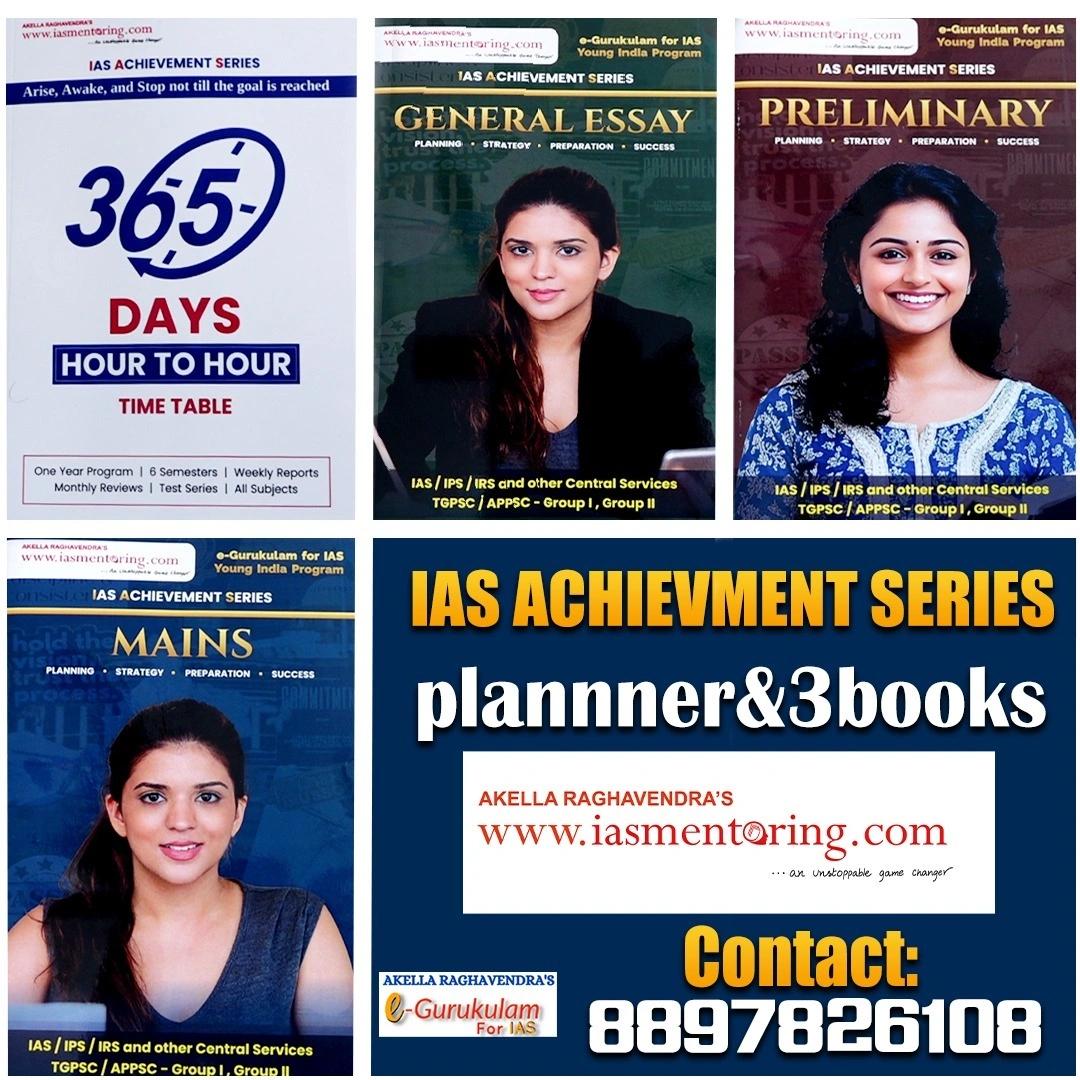Writing descriptive answers for the IAS (Indian Administrative Service) exam requires a clear, structured approach that showcases both your knowledge and analytical skills.
Here are some methods to write effective and well-organized descriptive answers:
Understand the Question Thoroughly:
- Read the question carefully to ensure you understand what is being asked.
- Break down the question into parts: Identify key terms (e.g., define, discuss, analyze, compare, etc.) and focus on what is required (fact-based or opinion-based).
Plan Before You Write:
- Outline the Answer: Spend 1-2 minutes creating a mental or written outline. This will help you stay organized and avoid rambling.
- Introduction: Briefly introduce the topic in 2-3 lines. Set the context and define terms if necessary.
- Body: Present your main arguments logically and coherently. Divide it into subsections if needed.
- Conclusion: Summarize your key points and provide a balanced ending.
Maintain Clarity and Conciseness:
- Avoid long, convoluted sentences. Be clear and concise in your writing.
- Use simple, effective language that conveys your point accurately.
Incorporate Relevant Data and Examples:
- Use facts, statistics, or real-world examples to strengthen your arguments. This makes your answer more credible and shows in-depth knowledge.
- Mention government policies, programs, and reports when relevant (e.g., National Policy, Five-Year Plans, Supreme Court rulings).
Structure the Answer Well:
- Introduction: State the definition or context of the question.
- Main Body: Present arguments, analysis, and examples. Use bullet points if necessary for clarity.
- Conclusion: Provide a concise summary with a forward-looking or balanced view.
Use Diagrams or Flowcharts (Where Applicable):
- Diagrams, tables, or flowcharts can be effective tools to explain complex ideas or to illustrate your points clearly. Make sure they are labeled and well-integrated into the answer.
Balance Between Depth and Breadth:
- Focus on providing a comprehensive answer without deviating into irrelevant details. It’s better to give a deep analysis of one or two key aspects than to cover too many points superficially.
Critical Analysis and Multiple Perspectives:
- Where applicable, provide different viewpoints (e.g., pros and cons, advantages and disadvantages) on an issue.
- Offer solutions to problems or provide critical insights rather than just describing facts.
Use Proper Terminology and Language:
- For technical subjects like Geography, Economics, and Governance, use appropriate terminology. It shows your command over the subject.
- Avoid unnecessary jargon or overly complicated language. The focus should be on clarity.
Practice Answer Writing Regularly:
- Regular practice will help you improve the speed, structure, and quality of your answers.
- Analyze previous years' papers and practice writing model answers to enhance your ability to answer within the given time frame.
Time Management:
- Spend around 7-10 minutes planning and structuring your answer, and ensure you leave at least 5 minutes to review your response at the end. This helps to refine your answer and avoid errors.
Sample Answer Structure
Introduction:
- Define the term or provide context.
- Briefly mention the importance or relevance of the topic.
Body:
- Point 1 (Explanation with examples, facts, or analysis)
- Point 2 (Explanation with examples, facts, or analysis)
- Point 3 (Explanation with examples, facts, or analysis)
(Use headings and subheadings where appropriate to break the content)
Conclusion:
- Summarize key points and provide a closing statement or a solution.
By adhering to these methods, you'll be able to present well-organized, coherent, and insightful answers that demonstrate both your understanding of the subject and your ability to think critically—key qualities for success in the IAS exam.












